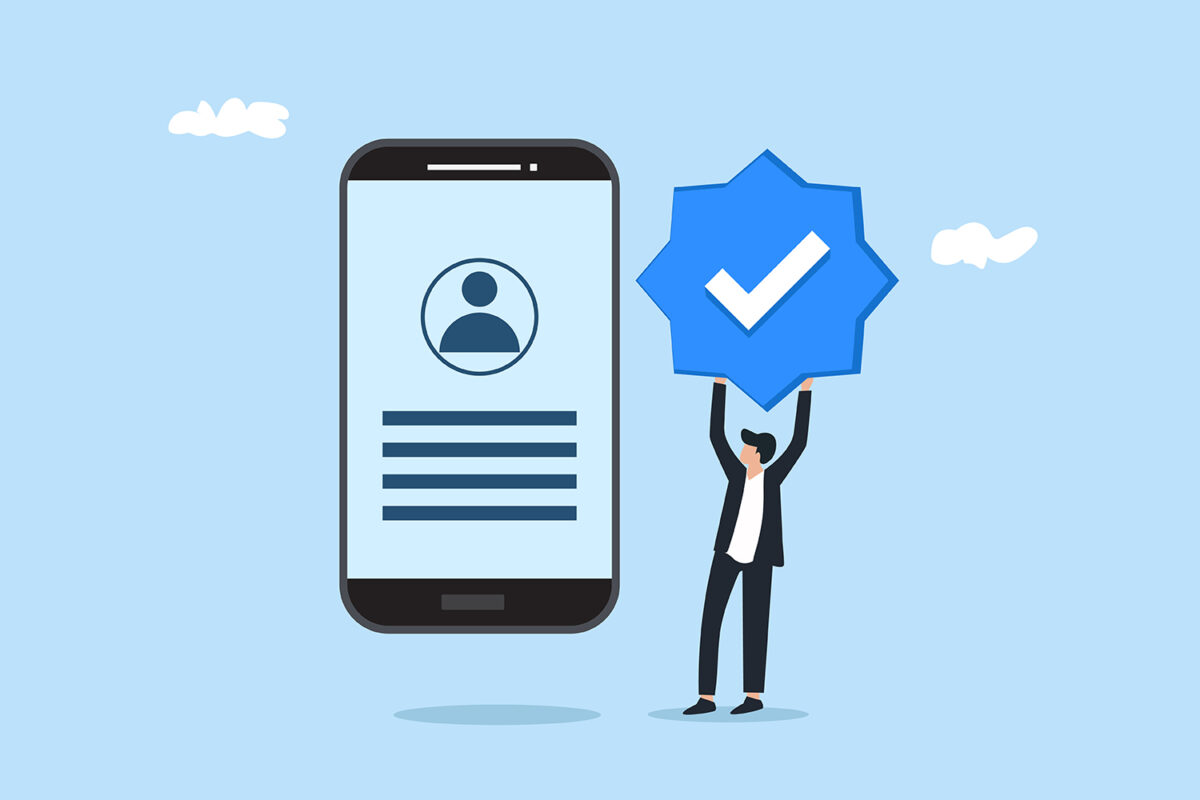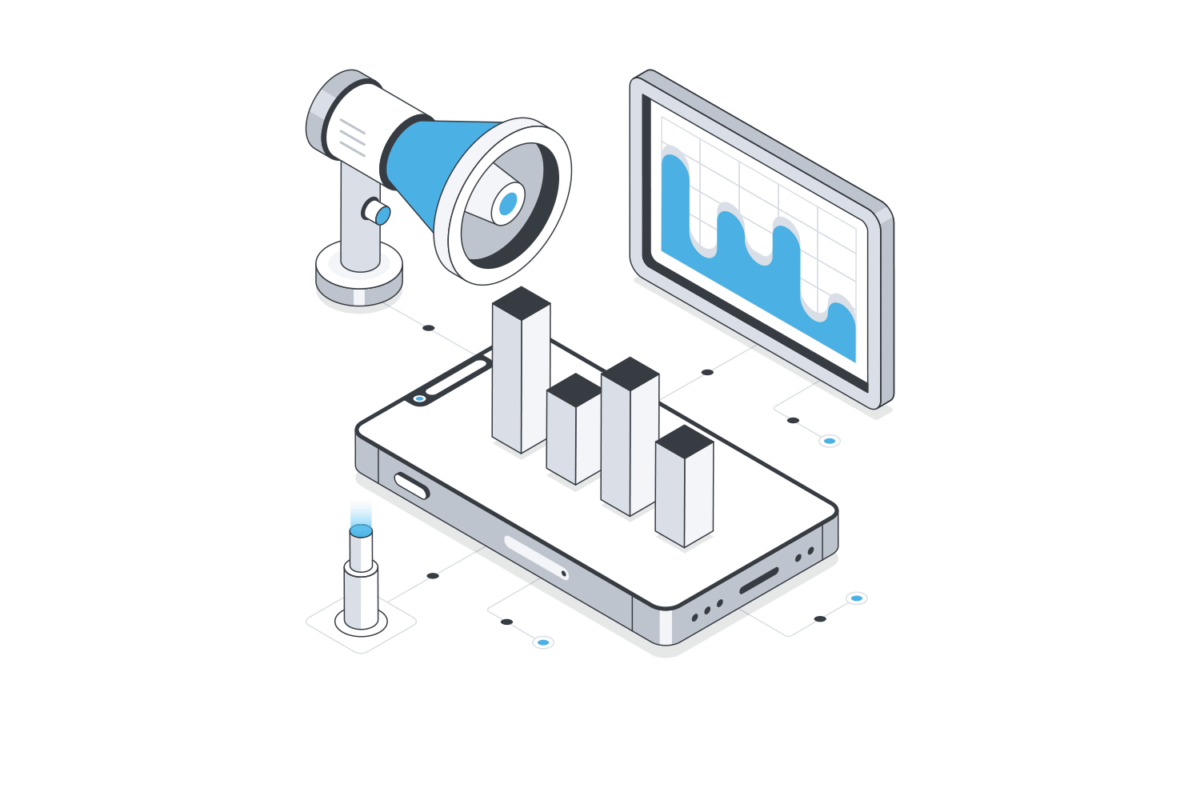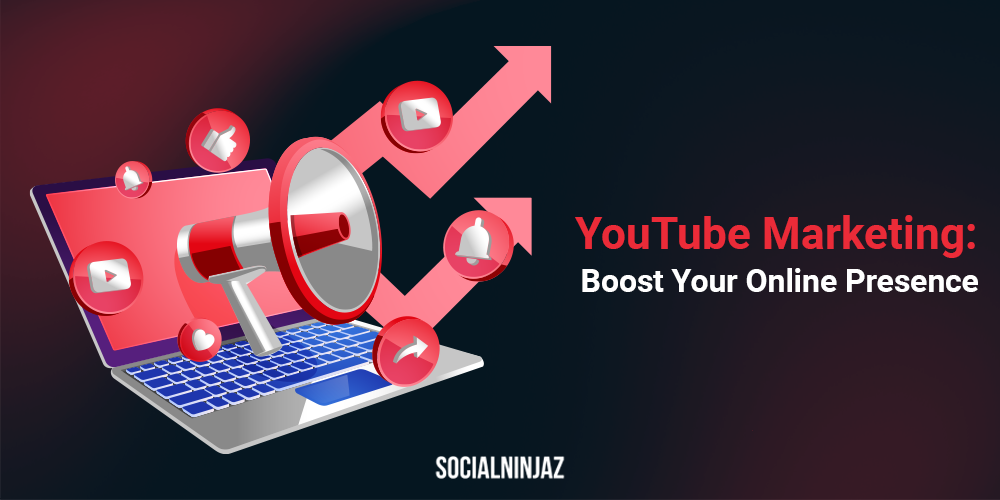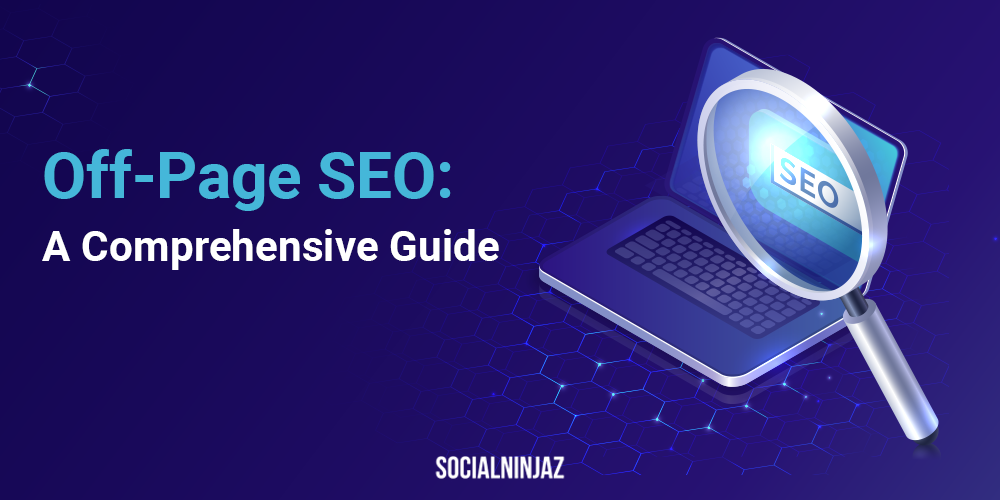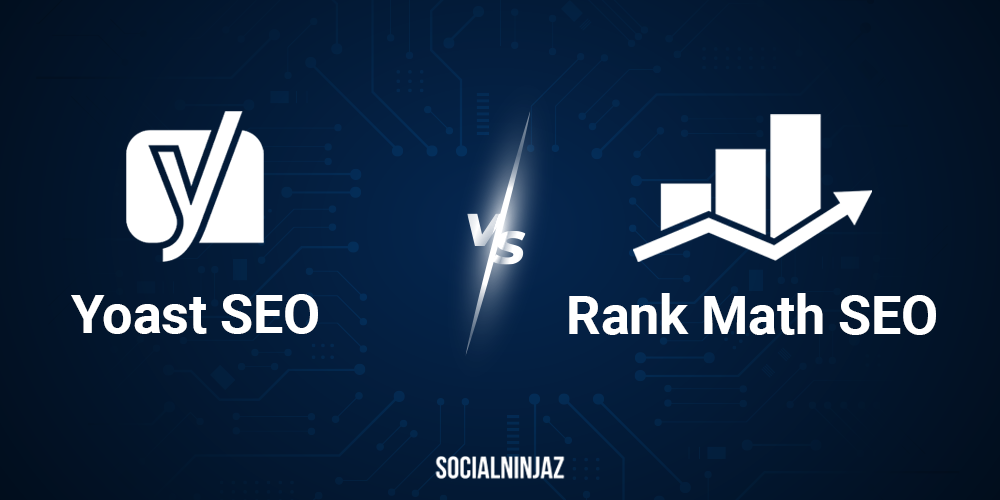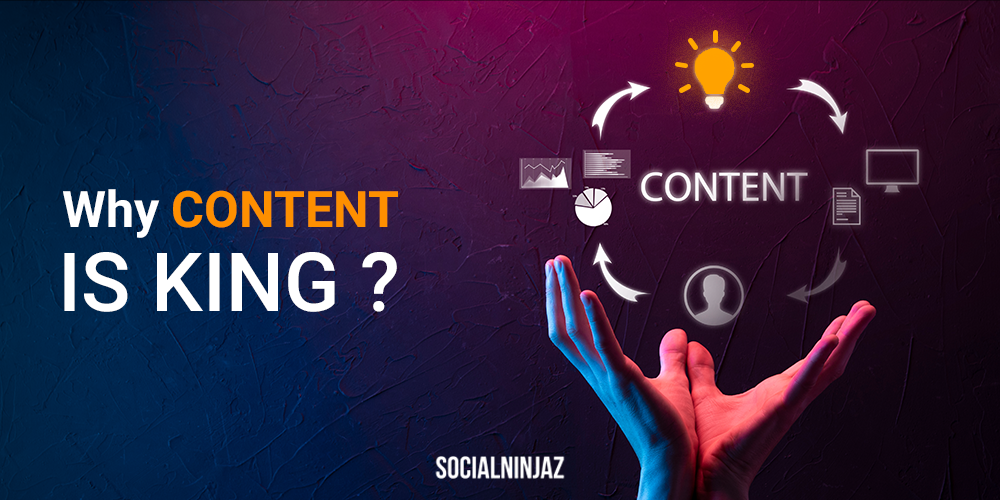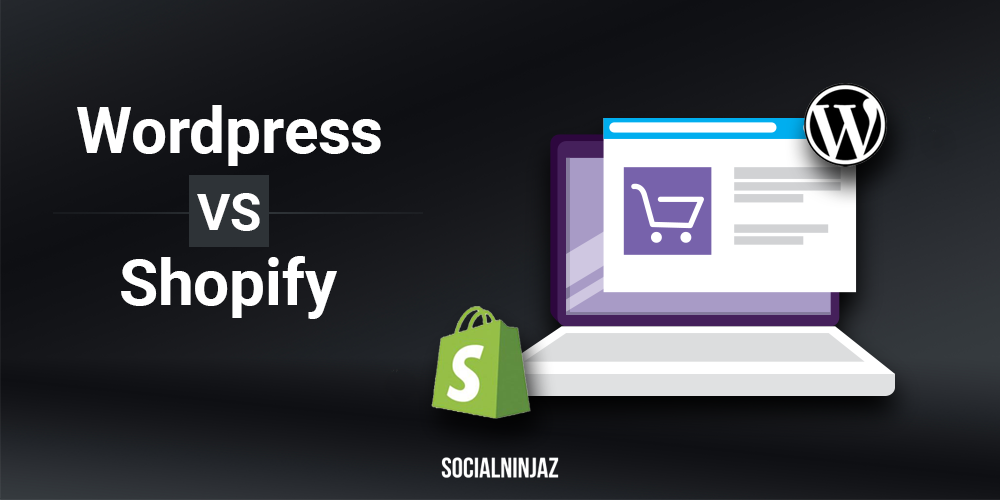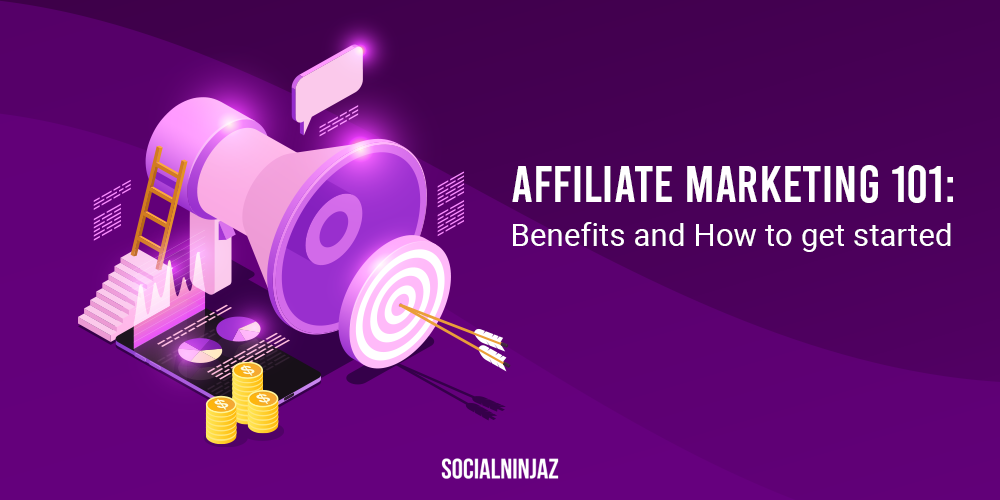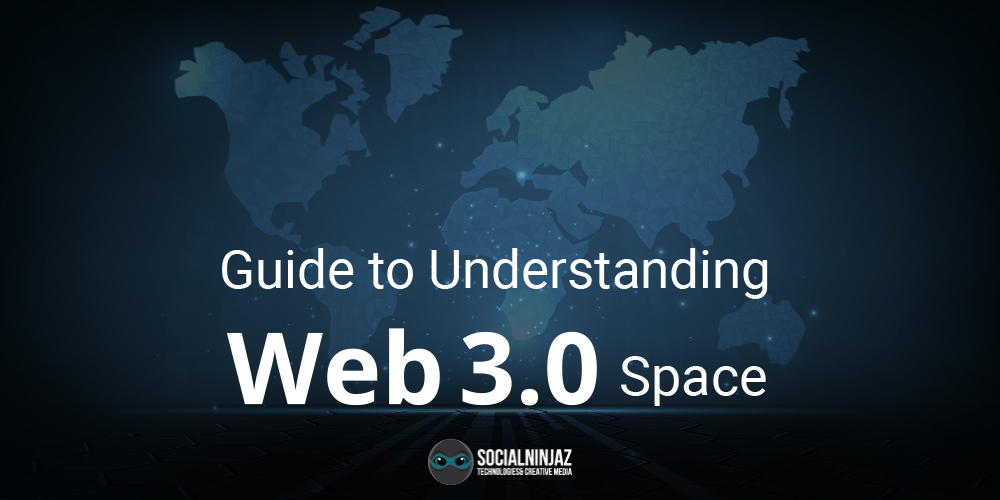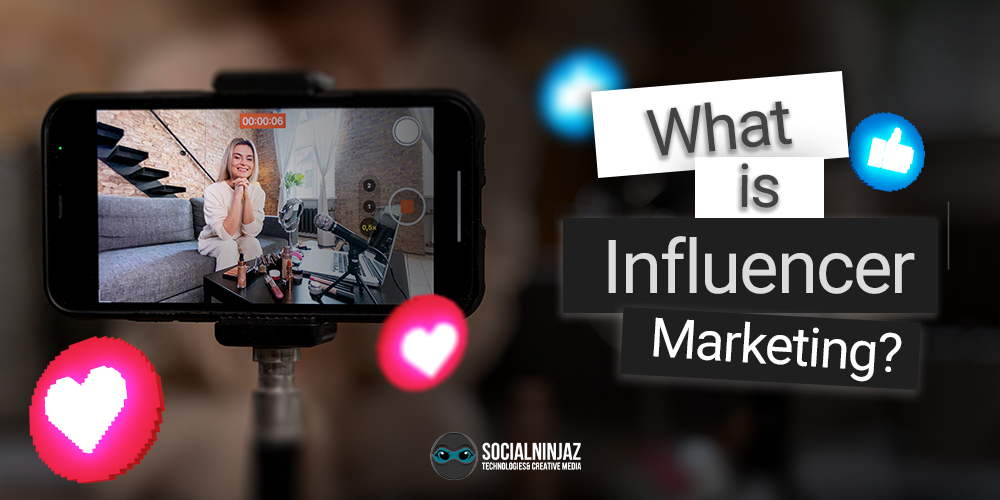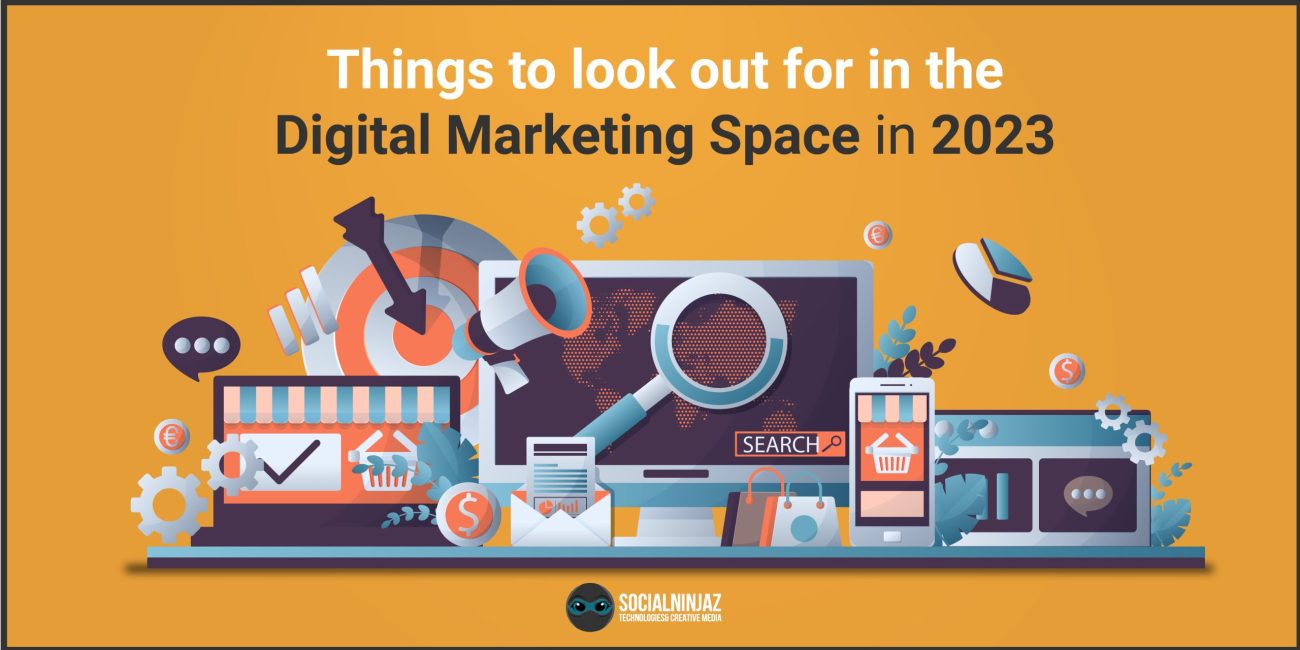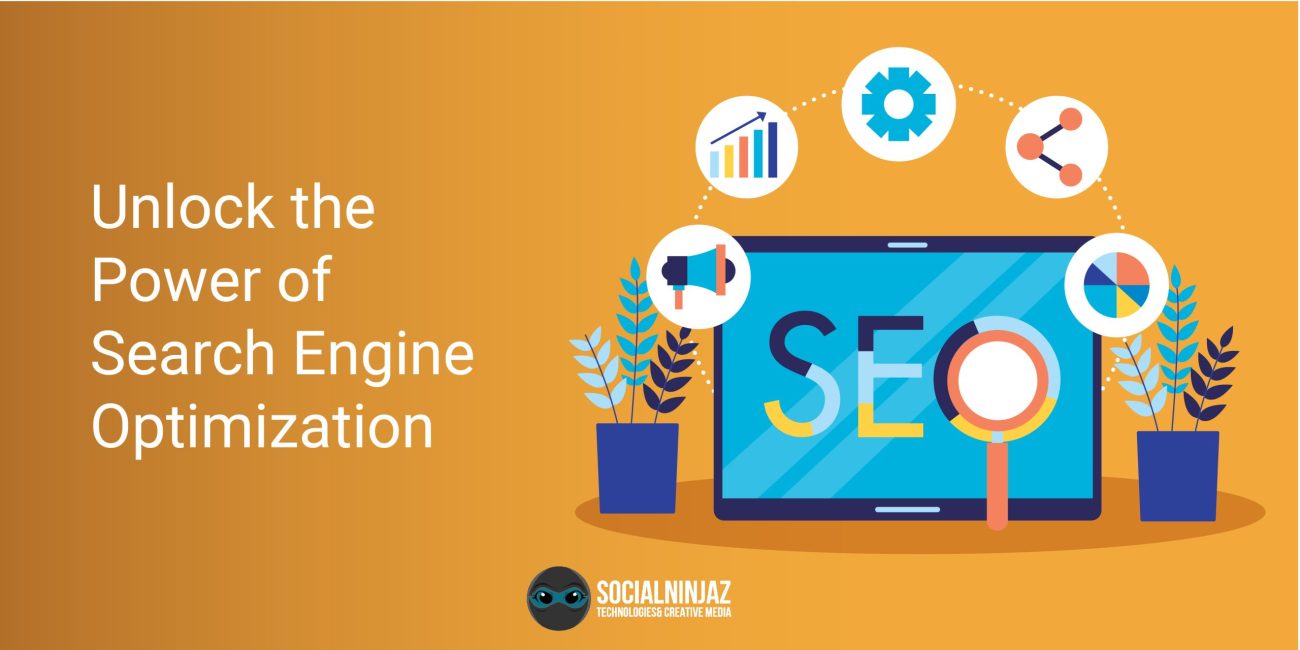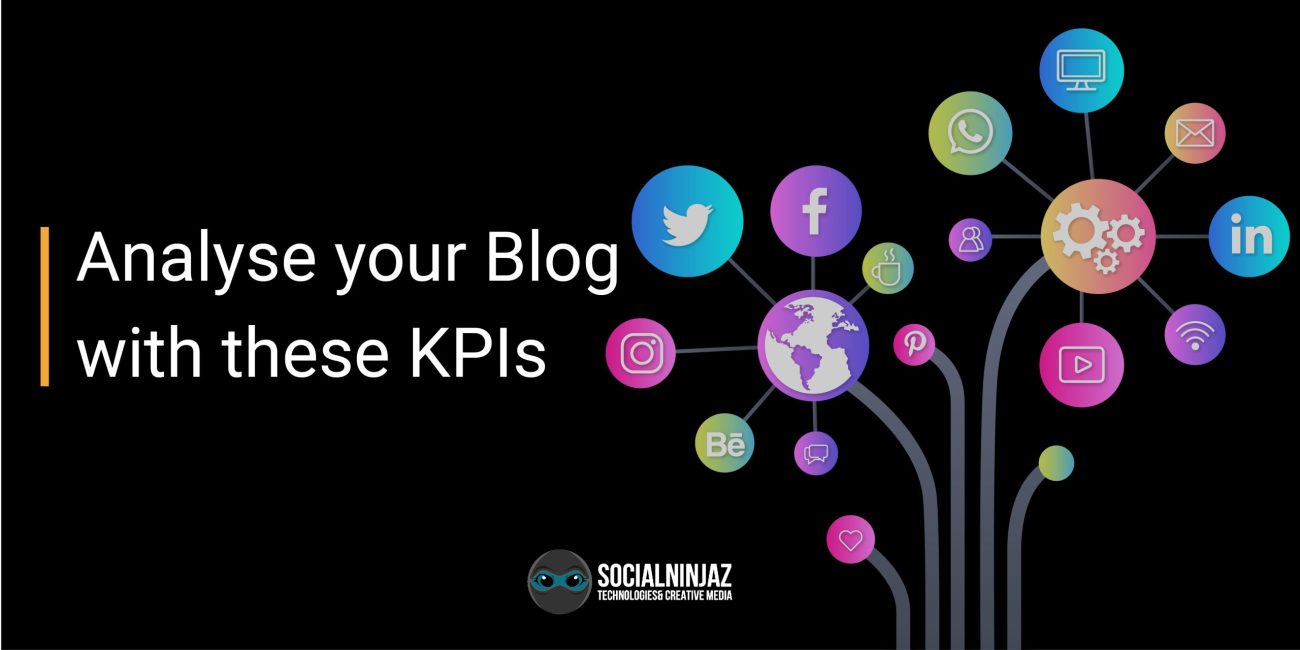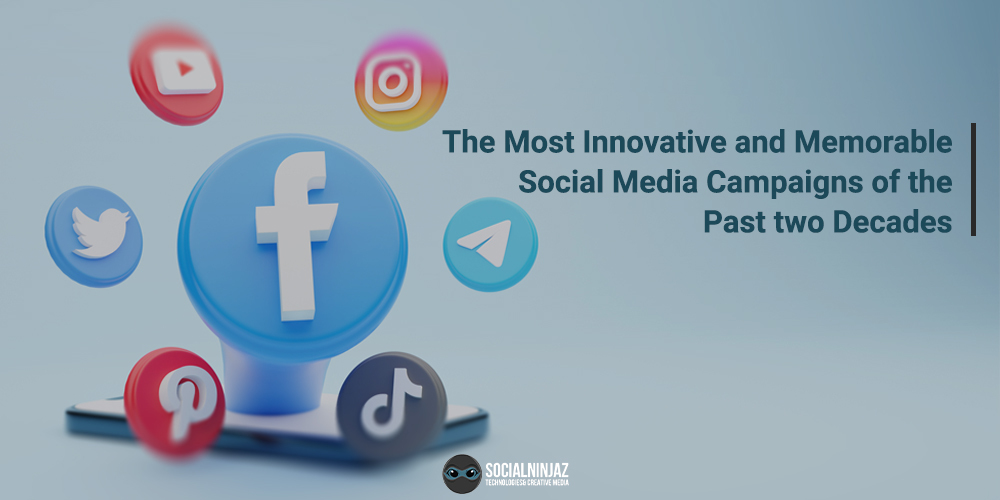Blog

Introduction to Proximity Marketing
Proximity marketing refers to a location-based marketing strategy that leverages technology to target consumers with personalized advertisements and offers when they are near a specific location. With the widespread adoption of smartphones and the increasing use of location-based services, it has become a powerful tool for businesses to reach and engage customers. In this blog, we’ll dive into the basics of proximity marketing, its benefits, and how it is used to drive business growth.
Table of Contents
ToggleBenefits of Proximity Marketing
Targeted Messaging
Proximity Marketing allows businesses to target their advertising messages to specific consumers based on their location and interests. For example, a restaurant can send promotions to customers who have previously ordered food delivery from the restaurant, or a store can send discounts to customers who have recently visited the store. This type of targeted messaging increases the likelihood of customers making a purchase.
Increased Engagement
It allows businesses to deliver a more engaging advertising experience. For example, customers can receive interactive promotions or quizzes on their smartphones and participate while waiting in line. Such interaction increases customer engagement and makes the marketing experience more memorable.
Cost-Effective
Compared to traditional advertising methods such as television and print adverts, it is a more cost-effective advertising method. It is because businesses only need to reach consumers who are already nearby and have a higher likelihood of making a purchase. Additionally, companies can reach a wide range of consumers with just one advertisement, making it a cost-effective marketing solution.
How to Implement Proximity Marketing
Choose the Right Technology
Bluetooth Low Energy (BLE), Wi-Fi, and Near Field Communication are all technologies used for proximity marketing (NFC). Businesses must select the technology that is best suited to their specific requirements. For example, BLE is great for transmitting adverts to nearby consumers, whereas Wi-Fi is best for reaching customers connected to the business’s Wi-Fi network.
Create Engaging Content
Proximity marketing is only effective if the content is engaging and relevant to the customer. Businesses should create relevant content, valuable to their clients, such as promotions or interactive quizzes. Additionally, companies should test different types of content to determine what resonates best with their customers.
Use Analytics
Analytics are crucial for measuring the success of proximity marketing campaigns. Businesses should track metrics such as the number of messages sent, the number of customers who received the message, and the number of customers who redeemed the promotion. This information will help businesses improve their proximity marketing campaigns and reach more customers.
Conclusion
Proximity marketing is a powerful tool for businesses looking to reach and engage customers through personalized advertisements and offers. By leveraging the latest technologies and data, companies can deliver relevant and timely content to customers, ultimately driving conversions and sales. Whether you’re a small business looking to drive foot traffic or a large retailer looking to improve the in-store experience, it is an effective and efficient way to reach and engage customers.
Looking to build smarter, location-driven campaigns? Let SocialNinjaz help you turn proximity into performance.
admin
Don’t forget to share this post
Similar posts
Why Hiring a WordPress Website Designer Is a Smart Move for Your Business
How Startups Can Leverage Branding Through Social Media for Faster Recognition
How a Web Development Agency Drives SEO, UX, and Long-Term ROI
Building Website for Business vs Relying on Social Media: What Works Best
Marketing Your Business on Social Media – Strategies That Actually Work in 2025
Why You Should Hire a Website Development Agency to Scale Your Business in 2025
Why Your Brand Needs Professional Website Development Services Today
How Web Development Services Empower Brands to Lead in the Digital Age
Why Your Brand Needs a Human-Centric Social Media Marketing Agency
How Does SEO-Friendly Website Design Boost Traffic?
Digital Marketing Using Social Media: What Google’s Latest Update Means for Your Brand in 2025
Why Website Design and Development Services Drive Business Growth
Mastering Social Media Branding: What 2025’s Boldest Indian Brands Are Doing Differently
Why Website Development Services Are Essential for Small Business Growth
Why Hiring a Website Development Agency Is the Smartest Move for Your Business
Janta Sab Jaanti Hai… Par Bhushan Behtar Bechta Hai!!!
What’s the Fuss about Twitter Verification
ChatGPT: The Latest Threat to Human Employment
Difference between a Website and Web Application
Unmasking the Dark Side of SEO: Balancing the Risks and Rewards of Black Hat SEO vs White Hat SEO
Most Suitable Ads for my Business: Search Ads VS Display Ads
Top SEO Websites in the World
How to Get Instagram Verification Blue Tick???
Introduction to Proximity Marketing
YouTube Marketing: Boost Your Online Presence
Off-Page SEO: A Comprehensive Guide
Yoast SEO VS Rank Math SEO
Why Content is King in Modern On-Page SEO
Remarketing 101
Shopify VS WordPress: Which one is more suitable for your business?
Affiliate Marketing 101: Benefits and How to get started
Instagram Stories vs Snapchat Stories
A journey from 0 to 1000 Instagram followers in 10 days
10 Graphic Design Rules Everyone Must Follow
5 Artificial Intelligence Websites for Higher Productivity
Guide to Understanding Web 3.0 Space
What is Influencer Marketing?
Top 20 Performance Marketing Terms You Must Know
Things to look out for in the Digital Marketing Space in 2023
Mastering the Art of Snapchat Marketing
Unlock the power of Search Engine Optimization
Analyse your blog with these KPIs
The Most Innovative and Memorable Social Media Campaigns of the past two decades



